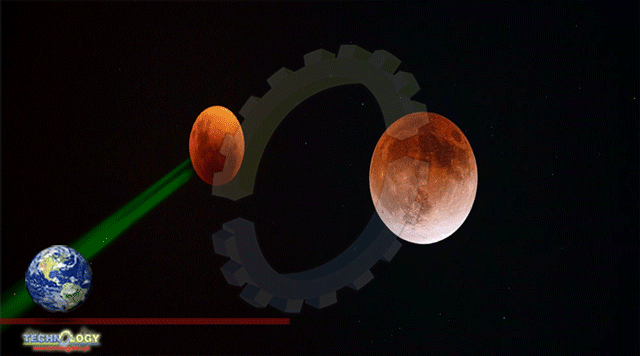The lunar eclipse, celebrated as the Super Flower Blood Moon, was the longest total lunar eclipse in 33 years.

The moon turned an eerie blood-red color in a total lunar eclipse overnight Sunday (May 15) that was visible to potentially millions of stargazers across four continents.
The lunar eclipse, celebrated as the Super Flower Blood Moon, was the longest total lunar eclipse in 33 years, according to Space.com’s skywatching columnist Joe Rao. It was visible, weather permitting, from a wide swath of the world that spanned the Americas, Antarctica, Europe, Africa and the east Pacific. You can see amazing photos of the Super Flower Blood Moon from skywatchers with clear skies to see it.
During the lunar eclipse, the full moon spent about 85 minutes inside the Earth’s umbra, or darker, shadow, according to Space.com columnist Joe Rao. That’s compared with 96 minutes in August 1989, according to TimeandDate.com.
Even New Zealand, eastern Europe and the Middle East got a subtle view of the penumbral, or lightly shadowed, version of the eclipse. But it was the Blood Moon that caught the attention of people around the world.
Riste Spiroski caught a view of the moon in Macedonia at 4:45 a.m. local time. “It looks like Saturn, with a long thin cloud in front of her, while the partial eclipse is happening — and you can see it clearly. I was amazed by the view,” Spiroski told Space.com in an email. You can see the photo below.
Some Space.com readers commented on the beauty of the eclipse. “Beautiful view of the moon from Tucson, Arizona,” wrote one reader Bod Read.
Michelle Jensen, another reader, used a smartphone to capture the eclipse from New Prague, Minnesota, roughly 45 minutes south of Minneapolis.
“Caught a few neat shots of the beginning of the eclipse. It’s nothing fancy, but I thought it was pretty cool that my phone picked that much up,” Jensen wrote.
The timing of the Super Flower Blood Moon depended upon your location. TimeandDate.com said the partial eclipse phase of the moon eclipse began May 15 at 10:28 p.m. EDT (0228 GMT on May 16). It reached the Blood Moon peak May 16 at 12:11 a.m. EDT (0411 GMT). Then the event ended at 1:55 a.m. EDT (0555 GMT). The penumbral eclipse started and ended an hour earlier than the total eclipse.
Several webcasts discussed the art and science of the Blood Moon, for people outside the viewing zone, in cloudy conditions or otherwise unable to see the show in person.
“The things that are awe-inspiring, almost spiritual, don’t require modern technology,” Slooh astronomer Bob Berman said during the astronomy webcaster’s live broadcast.
As the Blood Moon shone live in remotely operated telescopes streaming live to Slooh, the company’s director of curriculum talked about how light around our planet gets refracted and falls upon the moon’s surface. “You’re watching the sunrises and sunsets that are occurring on our planet, right now, with the light from those hitting the moon,” John Boisvert said.
Eclipse scientist Fred Espenak said the full moon was a so-called supermoon, taking into account the variability of perigees (closest approaches) and apogees (furthest approaches) the moon has to our planet.
NASA, however, follows another definition suggesting that a supermoon occurs when the moon is within 90% of its closest approach, which the agency says next happens in June.
Supermoon or no, the full moon turning red for a time attracted a lot of attention around the world.
If you’re hoping to photograph the moon, or want to prepare your gear for the total lunar eclipse, check out our best cameras for astrophotography and best lenses for astrophotography. Read our guides on how to photograph a lunar eclipse, as well as how to photograph the moon with a camera for some helpful tips to plan out you lunar photo session.
This news was originally published by Space.